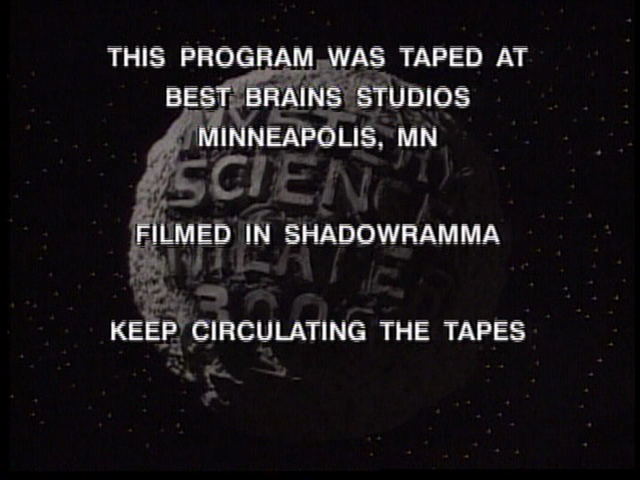Let's get started, shall we? So the worker (at omarroth/archive) the code starts by creating a new
Worker class. This is our basic worker.The
run function creates a BatchProcess and calls its run. *sigh* So what does that do? Well it asks the server for a batch, pulls it up from a database, and retrieves the annotations for each of them ...which is done in yet another class, this one called AnnotationProcess.So what does
AnnotationProcess do? It does a request to YouTube to get the annotations. (The URL in the repository was changed after the fact. By me. Interesting.) How it gets those annotations is interesting: to make sure the worker is functioning properly, there is a trust system. A fresh worker won't actually get a new batch; it'll get one that's already been verified. As it gives more valid responses, it's more likely to get a new video. This way, the likelihood of getting garbage data is minimized, which is important for an archival project.Once all the videos in a batch have been downloaded, they're verified with the server and then uploaded to DigitalOcean Spaces, a cloud storage service. This goes on ad infinitum until YouTube decides to pull the plug.
And that is what (I think) the annotation worker did.
- glmdgrielson


 If you're not aware of the series' premise and wondering why they're encouraging something like this, note that one, it was on a network that at the time was just barely getting started, namely, Comedy Central. Two, the premise of the show is that it features actual B-movies. Naturally, this means that getting the rights to episodes of their own show can be a bit of a hassle. Reasons for this range from
If you're not aware of the series' premise and wondering why they're encouraging something like this, note that one, it was on a network that at the time was just barely getting started, namely, Comedy Central. Two, the premise of the show is that it features actual B-movies. Naturally, this means that getting the rights to episodes of their own show can be a bit of a hassle. Reasons for this range from 
